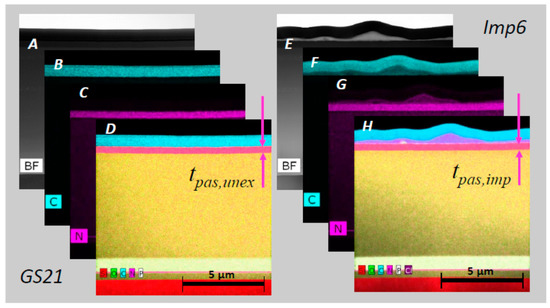Evolution of Structure in Thin Films
The growth of thin polycrystalline films is often associated with preferred orientation of crystallites where certain crystallographic directions of grains (hkl) are preferentially oriented parallel to the substrate normal n. The phenomenon has long been known and is named layer texture or fibre texture. The rotational symmetry of the orientation distribution function (ODF) simply derives from the deposition geometry when n is the single exaggerated direction.
The thorough investigation of textures may reveal details of the mechanisms of film growth and is a heavily investigated field in thin film research today. It is expected that through the control of crystalline orientation thin films with optimised properties can be prepared which is of great interest for instance for high-Tc superconductors, semiconducting Si films, hard and abrasion-resistant nitride coatings, transparent conductive oxides as they are used in solar cells, flat-panel displays and organic light-emitting diodes.
Regarding the physical principles governing preferred orientations in thin films, one first has to consider the surface energy of the low-indexed crystallographic lattice planes. Lattice planes with high atomic densities and low surface energy are generally favoured. In addition, preferred orientations were often found to increase with increasing film thickness which probably might be understood from a grain-to-grain epitaxy. Moreover, the texture may be controlled in CVD processes by the choice of precursors or in plasma-assisted PVD processes by the ion bombardment during growth. In-situ investigations of thin film growth revealed the important role of mechanical stresses within the film which were found to strongly effect the evolution of texture.

Investigations on texture/preferred orientation were performed with colleagues from Hahn-Meitner Institut Berlin and were related to
- thin Si films prepared by various techniques like plasma-assisted CVD [28, 31, 32, 33], magnetron sputtering [35] and Al-induced crystallization [27],
- Al-doped ZnO films for transparent-conductive electrode applications [37, 41, 46, 47] and
- pure metallic Ti films for adhesion layer applications [40].
During the course of this research, a fully general and analytical description of diffraction from fiber texture gradients has been worked out [46] and applied to the case study of thin ZnO:Al films via anomalous x-ray diffraction [47].
In polycrystalline Si films for electronic applications in solar cell absorption layers, thin film transistors etc. the relative orientation of adjacent grains is a very relevant issue since the scattering of charge carriers sensitively depends on the grain boundary. Large-angle grain boundaries have a deleterious effect on carrier mobility and should be reduced to the lowest possible concentration.
Texture investigations of thin films may be performed with x-ray diffraction (XRD) procedures. As in the classical texture analysis of bulk materials a set of pole figures have to measured, which are Bragg peak intensity plots as a function of rotation angle phi and tilting angle psi. Especially in the case of fibre textures the phi-dependence may be neglected which significantly simplifies the evaluation process. An important issue in thin film XRD analysis is a sufficiently high signal-to-noise ratio during the measurement. Because the penetration depth of x-rays that scales with the inverse linear absorption coefficient µ, is often much larger than the film thickness t, 1/µ >> t, only a little share of the diffracted intensity received by the detector stems from the film. The problem may be reduced by usage of new highly sensitive detectors as done in [37] or by performing the measurement at synchrotron beam lines where high intensity x-ray are routinely available.
From the pole figure data the orientation distribution function (ODF) is calculated and the volume fraction of crystallite orientation may be determined. The ODF is the decisive quantity to account for the structure-function relationship in polycrystalline thin films. The texture analysis can also be used to optimise the sharpness of texture by recursively introducing the results into the deposition process [41,47].
[Number in square brackets] indicate the number in the publication list